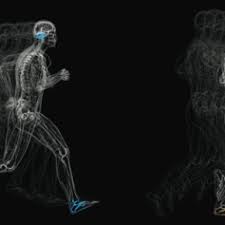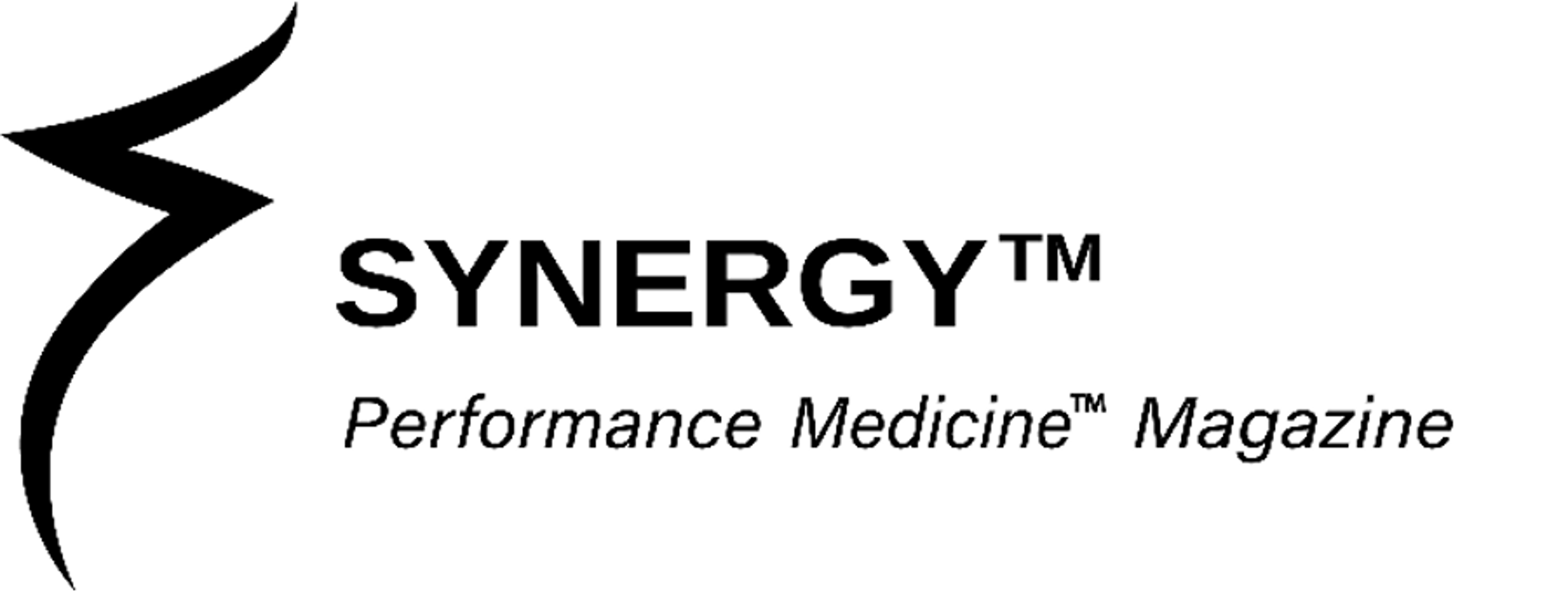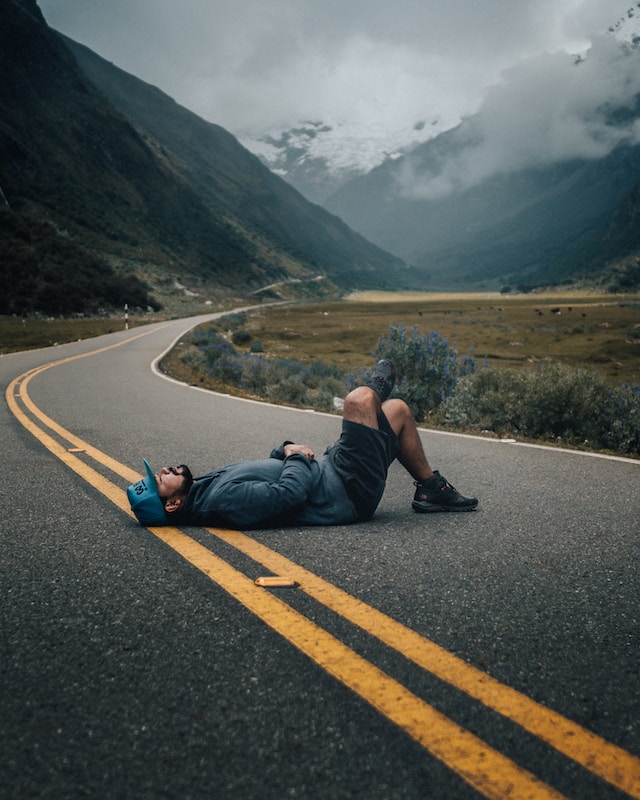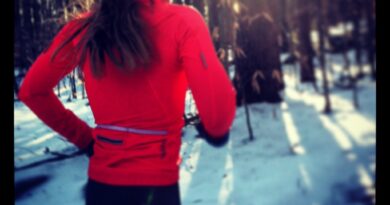Biomechanical Fluidity
Running is the noblest fitness discipline.
Running has many benefits whether you hit the pavement, or trails, shred golf course greens [not recommended], or perform interval sessions with snowshoes in the blistering desert heat [highly recommended].
“Even if you fall flat on your face at least you are moving forward.”
~Sue Luke
__________________
A few benefits include:
→ Improved cardiovascular function;
→ Reduced risk of stroke and heart disease;
→ Improved blood pressure;
→ Improved bone density;
→ Enhanced immune function;
→ Weight management;
→ Heightened mental alertness;
→ Reduced stress levels;
→ Too many other benefits to list
Proper running gait is essential to attaining the foregoing benefits with a smile on your face – most of the time. The complete gait cycle is the movement from a one-foot strike to a successive foot strike on the originating side.
The typical running gait includes both supination and pronation with efficient biomechanics of the desired outcome. An efficient gait cycle is the by-product of pelvic stability and balance, gluteal propulsion, and fulcrum precision.
Supination is the foot rotation by adduction and inversion in which the outer edge of the sole absorbs the body’s weight upon impact with the ground.
Pronation is the foot rotation by abduction and eversion in which the inner sole bears the body’s weight upon impact with the ground.
There are two main phases within the repetitive gait cycle: stance and swing.
Each phase can be further dissected into complex subdivisions – alignment, range of motion, neuromuscular coordination, and physics.
Said subdivisions governed at the unconscious level are beyond the scope of this post.
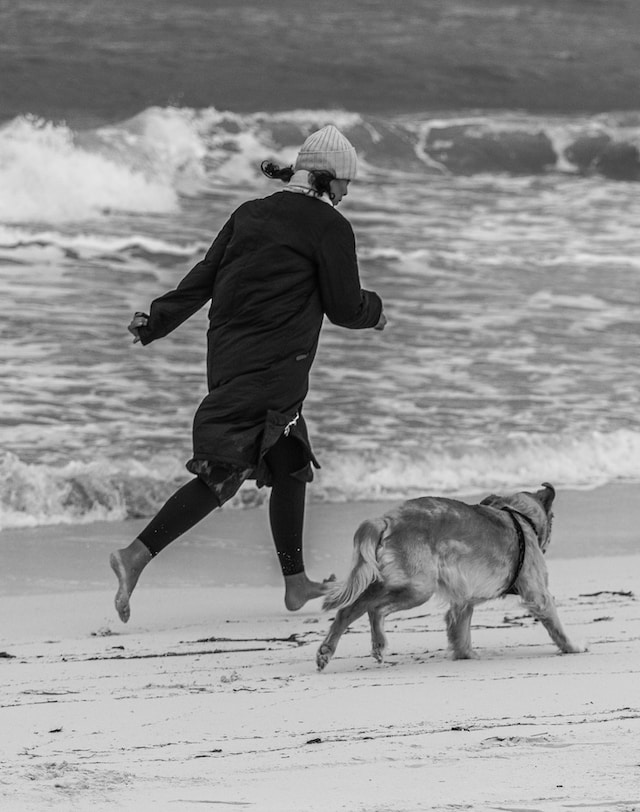
Stance Phase
There are three subdivisions of this phase. Several minor and chronic repetitive ailments afflicting recreational, age-group, and competitive runners originate within these subdivisions.
1- Foot Strike
Runners notoriously strike the ground on the back outer edge of their shoes. You are a “heel striker” if excessive deterioration on the soles is visible at this position. Changes to your biomechanics are necessary.
Heel striking means you are over-striding. Applying the brakes to thwart natural forward movement within the gait cycle is a waste of energy. Your foot is locked in a high-arched position [supination] with excessive contractions pulverizing your quadriceps muscles.
This backlash places undue stress on your kneecaps and often results in multiple injuries. Heel strikers typically have imbalances due to weak mid-quadriceps muscles and tight hamstrings.
Injuries
~Iliotibial band Syndrome [ITBS]:
This common injury causes swelling and pain on the side of the kneecap. Its annoying presence is linked to a reduced angle of kneecap flexion upon impact with the ground.
Said knee flexion angle is common to heel strikers, poor downhill running technique, and prolonged running at a slow pace [ultrarunning].
Friction is generated when the outer knee bone rubs the rear edge of the iliotibial band [ITB].
~Patellofemoral Syndrome [PFS]
This pervasive ailment creates swelling, irritation, and pain behind the patella. It is caused by improper tracking of the kneecap due to asymmetrical foot alignment or pelvic rotation.
The pelvic region must remain level during initial contact, mid-stance, and propulsion. The adjacent musculature must mitigate patella friction caused by internal rotation of the femur during each foot strike.
~Chondromalacia
It denotes irritation under the patella and usually cartilage damage. The cartilage is no longer able to effectively absorb the repetitive shock of several times your body weight during each foot strike and subsequent propulsion.
~Patellar Tendonitis
This is inflammation at its classic stage. It is normally associated with jumping sports due to repetitive overloading of the extensor mechanism of the knee.
It is a common running injury caused by low ankle dorsiflexion, tight quadriceps muscles, calves, and hamstrings. Weak gluteal muscles contribute significantly to this condition.
Corrective Measures
Following preventive steps will thwart these ailments so you can focus on running. The key is to strengthen the tissue, tendons, bones, and musculature to sustain fluidity throughout the gait cycle.
→ Shorten your stride and increase cadence to acclimate midfoot or forefoot strikes;
→ Attain a gait analysis via a sports medicine professional;
→ Wear the correct shoes respective to your gait, terrain, and so forth;
→ Hit the trails ~ Mother Earth is more forgiving to your joints than the pavement;
→ Frequently change directions during track workouts to offset imbalances;
→ Run the centerline of the road to avoid the pitch and potential alignment issues;
→ Use foam rollers to flush toxins and maintain elasticity;
→ Strengthen your core, psoas, pelvic region, and hip rotator musculature;
→ Strengthen gluteal and abductor muscles to enhance dorsiflexion angle;
→ Incorporate kinesthetic movements via yoga, Pilates, inversion, and the like;
→ Ingest curcumin and gelatinized maca root to mitigate inflammation.
Hydrotherapy, cryotherapy, rest, and cross-training to strengthen and promote hip and thigh musculature elasticity may require physical therapist recommendations.
2- Mid-Stance
Progression through the gait cycle mandates pronation to perpetuate a fluid biomechanical process. Pronation attenuates damage from repetitive initial contact and effectuates terrain adaptation.
Over-pronation and supination after a foot strike complicate biomechanical alignment and sabotages the smooth transition to the propulsion phase. Overstriding stresses your quadriceps muscles and overpronation places undue stress on your soleus musculature.
The repetitive increased demand on your soleus muscles creates connective tissue trauma to the tibia. These micro-tears lead to stress fractures because of weakened and overloaded tissue. This ailment is characterized by pain between the knee and the ankle.
Injuries
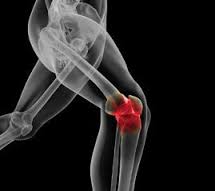
Medial Tibial Stress Syndrome [MTSS] commonly and painfully known as shin splints is the primary ailment of this phase.
The prevalence of weak, inflexible, tight leg and core musculature among runners and cyclists creates biomechanical irregularities and a host of painful reasons to quit running or cycling.
Excessive pronation causes your knees to rotate inward and kickstarts the vicious cycle of ailments in the initial contact phase in addition to MTSS.
Corrective Measures
MTSS can be averted by wearing stability shoes, orthotics, strengthening the foot and ankle regions, and specific hip and knee exercises to curtail inward rotation. These include the single leg squat, box jumps, hip abduction machines, resistance bands, squats, and so forth.
The key is to improve technique to enhance alignment and minimize susceptibility to injury. Full-length mirrors will identify variances to the proper midline or slight outward rotation of the hip and knee while tweaking your biomechanical alignment.
Inversion, kinesthetic exercises, yoga, Pilates, and so forth will help maintain proper alignment during the strength, elongation, and elasticity phases.
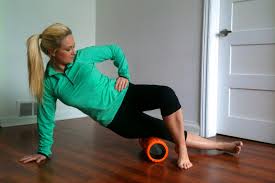
Normal gait requires 70 percent dorsiflexion for an effective toe-off. Runners and cyclists routinely hyper-extend connective tissue of the foot, ankle, and lower leg to maximize acceleration. Pain is the result.
Exertion with tight heel cords will prematurely force you upon your toes within the propulsion cycle. This aberration causes excess tension of your plantar fascia along the bottom of your foot [windlass mechanism]. The result is inflammation, micro-tears, tissue degeneration, and excruciating pain [plantar fasciitis].
Injuries
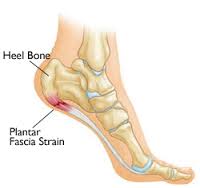
Achilles tendon and muscle strains result from forceful propulsion. The calf muscles again incur the brunt of pain from this common biomechanical miscue.
Corrective Measures
Trigger point massage and cryotherapy facilitate plantar fascia healing. Properly stretching your calf musculature after warm-up will help unless you are being treated for muscle strains or tears.
The key is to reduce the stress on the calf musculature and plantar fascia tension. Altering stride length, cadence, and foot strike position will minimize contractions and stress from biomechanical misalignment.
Swing Phase
The swing phase concerns biomechanics while the foot is airborne. Arms must swing front to back versus horizontally to propel forward motion. Subtle flaws in this phase insidiously sabotage your effort. External rotation versus internal rotation is requisite for efficient biomechanics.
Internal Rotation
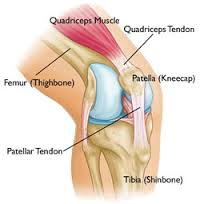
The toes point toward the body’s midline after propulsion while the hip, knee, and ankle rotate outward for subsequent strikes.
External Rotation
Toes should be positioned slightly away from the midline of the body as your leg crosses the plane of your other leg to initiate the next foot strike.
Self-propelled fitness endeavors become magical and rewarding when you are mindful of the synergy among seemingly disparate elements. To learn more about the gait cycle, gear, apparel, accessories, and all elements related to running please visit –> https://www.jonathanbeverly.com/
A limitless life is a choice…
Click Performance Medicine™ to learn more about our products and services.
Gotta run!
